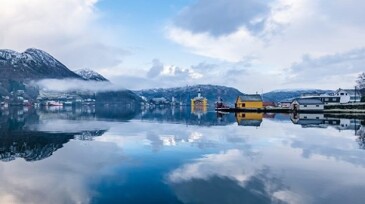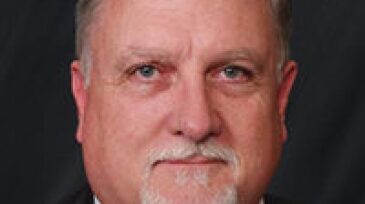HP/HT
-
This paper describes the first application of clay-free IEFs in the Norwegian continental shelf (NCS), with an emphasis on an impressively low and consistent ECD contribution.
-
This paper discusses the laboratory evaluation of potential high-pressure/high-temperature (HP/HT) drilling-fluid designs considered for a deep gas exploration well in Malaysia.
-
Calcium carbonate (CaCO3) has been used to make high-density drilling muds. However, when drilling 5⅞-in. hole, sticking occurs because of the high concentration of CaCO3 required.
-
An innovative approach resulted in the development of an ultra-HP/HT permanent bridge plug for long-term exposure at 25,000‑psi pressure and temperatures of 500°F.
-
It was established that improving the reliability of the TH-connector system has a direct effect on the unintervened life of the ESP electrical system.
-
This paper provides an overview of an engineering-design methodology that can be followed for tubular-equipment sizing and selection for use in complex wells.
-
Recently, a new structure located in northwestern Kuwait was drilled and tested with a deep-drilling rig.
-
Despite a short 18-month planning time and very limited geological data, the TTD-1 high-pressure/high-temperature (HP/HT) exploration well in East Malaysia’s Block SK was drilled successfully.
-
This paper gives an overview of the latest developments in how advanced finite-element-analysis (FEA) tools are used to verify, optimize, and validate ultra-HP/HT completion and production tools.
-
High-pressure/high-temperature (HP/HT) challenges are being addressed in a variety of locations around the world. These include the very challenging HP/HT wells in Malaysia, the Middle East, the Mediterranean, the South China Sea, the US Gulf Coast (both onshore and in shallow water), and the US dee










